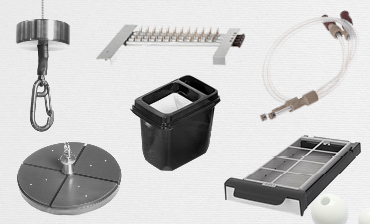Organic chemists synthesizing new molecules follow a general workflow with Synthesis, Purification, Work-Up and Evaporation steps. Biotage has developed tools for every step of the process to expand the range of options and in order to truly accelerate discoveries of new molecules for future innovations.
The peptide synthesis workflow involves synthesis, purification and evaporation steps. Biotage has developed a range of tools to increase speed and efficiency of all steps of the peptide synthesis workflow, while improving the quality of peptides synthesized.
Product catalog and solutions for all aspects of Sample Preparation to support clinical & bioanalytical, forensics & toxicology, doping control in animals and humans, environmental and food/agriculture testing and their associated workflows.
The industry standard purification platform: Biotage(R) Flash 75/150/400 and Isolera LS systems are built to last. With robustness and safety in mind, these systems need minimal maintenance and significantly reduce plant time.
Automated purification of transfection-grade, supercoiled plasmid DNA by our unique PhyTip® column technology.
Biotage offers a variety of service agreements to choose from, with the option to customize service for multiple instruments.
Biotage provides a wide range of accessories and spare parts for your instrument, to make lab work even more efficient.

 Organic Workflow
Organic Workflow Peptide Workflow
Peptide Workflow Scale-Up Flash Purification
Scale-Up Flash Purification  Sample Preparation
Sample Preparation Biomolecule Purification
Biomolecule Purification Oligo synthesis
Oligo synthesis Scavengers and Reagents
Scavengers and Reagents Service & Support
Service & Support Accessories & Spare parts
Accessories & Spare parts Investors
Investors Reports & News
Reports & News The Share
The Share Corporate Governance
Corporate Governance Calendar
Calendar Sustainability
Sustainability Our Offering
Our Offering Our History
Our History Our Locations
Our Locations Leadership
Leadership